Have you ever found yourself in an RV park, scratching your head and wondering, “Why do all these RVs look alike? You’re not alone.
Many people have noticed the uncanny resemblance between different RVs, almost as if they were long-lost siblings separated at a factory.
Key Takeaway:
The striking similarity in RV designs isn’t a lack of creativity but a calculated outcome. Driven by manufacturing efficiencies, consumer demands, aerodynamic needs, and branding strategies, the RV industry has found a ‘sweet spot’ in design that balances cost, function, and market appeal. It’s not a one-size-fits-all approach, but it’s close.
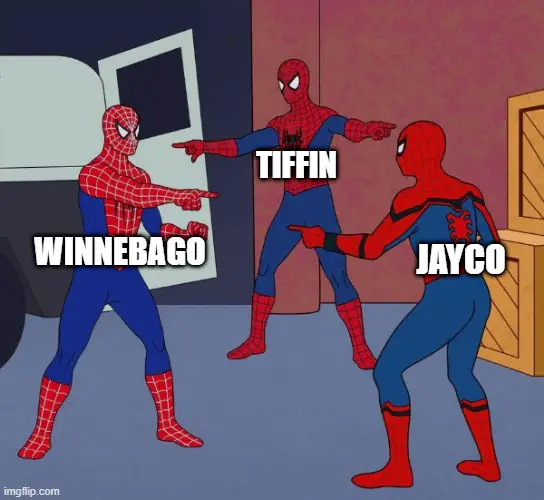
Historical Context: The Evolution of RV Design
Before we dive into the nitty-gritty, let’s take a quick stroll down memory lane. RVs have come a long way since their inception. Initially, they were more diverse in design, but as the industry matured, a convergence towards specific styles and shapes became evident. This historical context sets the stage for understanding why modern RVs often look like they’re attending a family reunion.
Table 1: Evolution of RV Design Over the Years
| Decade | Key Design Features | Notable Brands |
|---|---|---|
| 1950s | Aluminum exteriors, compact shapes | Airstream |
| 1970s | Boxy designs, more space | Winnebago |
| 1990s | Slide-outs introduced, aerodynamic shapes | Fleetwood |
| 2010s | Modern amenities, sleek designs | Jayco, Gulf Stream |
Manufacturing Constraints: The Cookie-Cutter Phenomenon
Ever wondered why most cookies are round? It’s easier to cut them that way. Similarly, RVs often look the same due to various manufacturing constraints. Let’s break down these constraints.
Cost Efficiency
Standardized designs are easier and cheaper to produce. When manufacturers find a design that works, they stick with it. After all, why reinvent the wheel—or in this case, the RV?
Regulations and Standards
Safety and road regulations can be quite the party poopers regarding innovative designs. These rules often limit how “wild” manufacturers can get with their RV shapes and features. For a deeper dive into RV regulations, check out this guide on RV Classes Explained.
Modular Design
Many RVs are built using similar or interchangeable parts. It’s like playing with LEGO, but for adults who can actually afford them. This modular approach makes it easier for manufacturers to produce RVs en masse, but it also leads to that “family resemblance” we talked about earlier.
Table 2: Common Interchangeable RV Parts
| Part Type | Why It’s Standardized | Relevant Guide |
|---|---|---|
| Faucets | Easier to replace | Using a Home Kitchen Faucet in an RV |
| Toilets | Simplifies plumbing | Porcelain or Plastic RV Toilets |
| Frames | Structural integrity | Which RV Manufacturers Use Lippert Frames? |
Consumer Preferences: The “If It Ain’t Broke, Don’t Fix It” Philosophy
Ah, the consumer—the ultimate decider of fates in the marketplace. When it comes to RVs, most buyers are looking for functionality over avant-garde design. Let’s explore why your preferences might be the reason you’re seeing double (or triple) at the RV park.
Function Over Form
RVs are essentially homes on wheels. Most people prioritize a functional kitchen, a comfortable bed, and a reliable toilet over a spaceship-like exterior. If you’re curious about what goes into an RV kitchen, you might find this article on Do Class A RVs Have Outdoor Kitchens? enlightening.
Market Research
Manufacturers aren’t shooting in the dark; they rely on extensive market research to give the people what they want. And what the people want, it seems, is something that looks like what they’ve seen before. It’s a self-fulfilling prophecy of RV design!
Niche Markets
Of course, there are always those who want to stand out from the crowd. For them, specialized RVs exist, but they are less common and often more expensive. If you’re interested in how different brands stack up, check out this in-depth Winnebago vs Grand Design Brand Analysis.
Table 3: What Consumers Generally Look For in an RV
| Feature | Importance | Further Reading |
|---|---|---|
| Kitchen | High | Leaky RV Kitchen Faucet Handle: Beginner’s Guide |
| Toilet | High | RV Toilet Not Holding Water: Troubleshooting & Solution |
| Storage | Medium | RV Storage Compartment Leaks: Solved |
Aerodynamics: The Wind Whisperers of RV Design
If you’ve ever stuck your hand out of a moving car’s window and felt the wind push against it, you’ve experienced aerodynamics in action. Now imagine that on a much larger scale, like an RV. Aerodynamics play a significant role in why RVs often look like they were designed by the same wind tunnel.
Fuel Efficiency
Aerodynamic designs help reduce drag, which in turn improves fuel efficiency. Given that RVs aren’t exactly known for their gas mileage, every little bit helps. For more on RV efficiency, you might want to read about How Long Will 20-100 Gallons of Water Last in an RV.
Limitations on Shape
The need for aerodynamics limits the range of shapes and styles that RVs can take. You’re unlikely to see a square RV for the same reason you don’t see square airplanes: it’s just not practical.
Table 4: How Aerodynamics Affect RV Features
| Feature | Aerodynamic Impact | Further Reading |
|---|---|---|
| Front End | Rounded for less drag | Cost of RV Ownership |
| Windows | Streamlined, often tilted | How Much Does It Cost to Tint RV Windows? |
| Roof | Often slightly curved | Why Are RV Showers Elevated? |
Branding and Recognition: The “I Know That Face” Factor
You know that moment when you see someone and think, “I know that face, but where from?” That’s branding for you, and it’s not just for celebrities and fast-food logos. RV manufacturers also aim for that instant recognition, and sometimes that means sticking to a familiar design.
Brand Identity
Companies like Airstream or Winnebago have iconic designs that you can spot from a mile away. It’s like the RV version of a Hollywood smile—unmistakable and part of the brand’s identity. For a closer look at brand differences, check out this Coachmen vs Rockwood: The Ultimate RV Face-Off.
The Trust Factor
People tend to trust what they recognize. If an RV looks similar to one a consumer has seen or used before, they’re more likely to feel comfortable buying it. It’s psychology 101, with a sprinkle of marketing magic.
Table 5: Iconic RV Brands and Their Signature Features
| Brand | Signature Feature | Further Reading |
|---|---|---|
| Airstream | Aluminum exterior | Airstream vs Lance: Brand Showdown |
| Winnebago | Boxy design | Winnebago vs Coachmen: Brand Analysis & Build Overview |
| Jayco | Luxury interiors | Largest US RV Manufacturers & Brands They Own |
The Future of RV Design: What’s Next, Flying RVs?
As we look to the future, the question arises: Will RVs ever break free from their “design school” uniforms? With emerging technologies and changing consumer demands, the answer is a hopeful “maybe.”
Technological Innovations
From solar panels to smart home systems, new technologies could revolutionize RV design. Imagine an RV that looks like something out of a sci-fi movie but is as practical as your grandma’s minivan. For more on RV tech, check out these Top Must-Have RV Gadgets.
Sustainability
As sustainability becomes a bigger concern, we might see RVs adopting more eco-friendly materials and designs. For instance, the debate between Azdel vs Luan for RVs highlights the shift towards sustainable options.
Customization
With advancements in manufacturing techniques, customizing your RV might become as easy as customizing your morning coffee. Extra foam, anyone?
Table 6: Future Trends in RV Design
| Trend | Potential Impact | Further Reading |
|---|---|---|
| Smart Technology | Enhanced comfort and efficiency | RV Lube & Maintenance: Common Areas That Need Lube |
| Eco-Friendly | Lower environmental impact | Using RV Wind Generator While Driving: Is It Worth It? |
| Customization | Personalized designs | Top 40 Questions to Consider Asking When Buying an RV |
Conclusion: The RV Family Reunion Isn’t Ending Soon
So, why do all RVs look the same? It’s a blend of manufacturing constraints, consumer preferences, aerodynamics, branding, and a dash of “that’s just how we’ve always done it.” While the future holds promise for more diverse designs, for now, the RV family resemblance is here to stay. And who knows, maybe that’s not such a bad thing. After all, family reunions can be quite fun, especially when everyone brings something different to the table.
Great! I hope you found this article insightful and that it answered your burning question about why all RVs seem to look the same. If you’re planning to join the RV family reunion anytime soon, at least now you’ll know why everyone looks so familiar!
Feel free to share this article with fellow RV enthusiasts or anyone who’s ever wondered about the uncanny resemblance between these homes on wheels. Safe travels and happy camping! 🚐💨


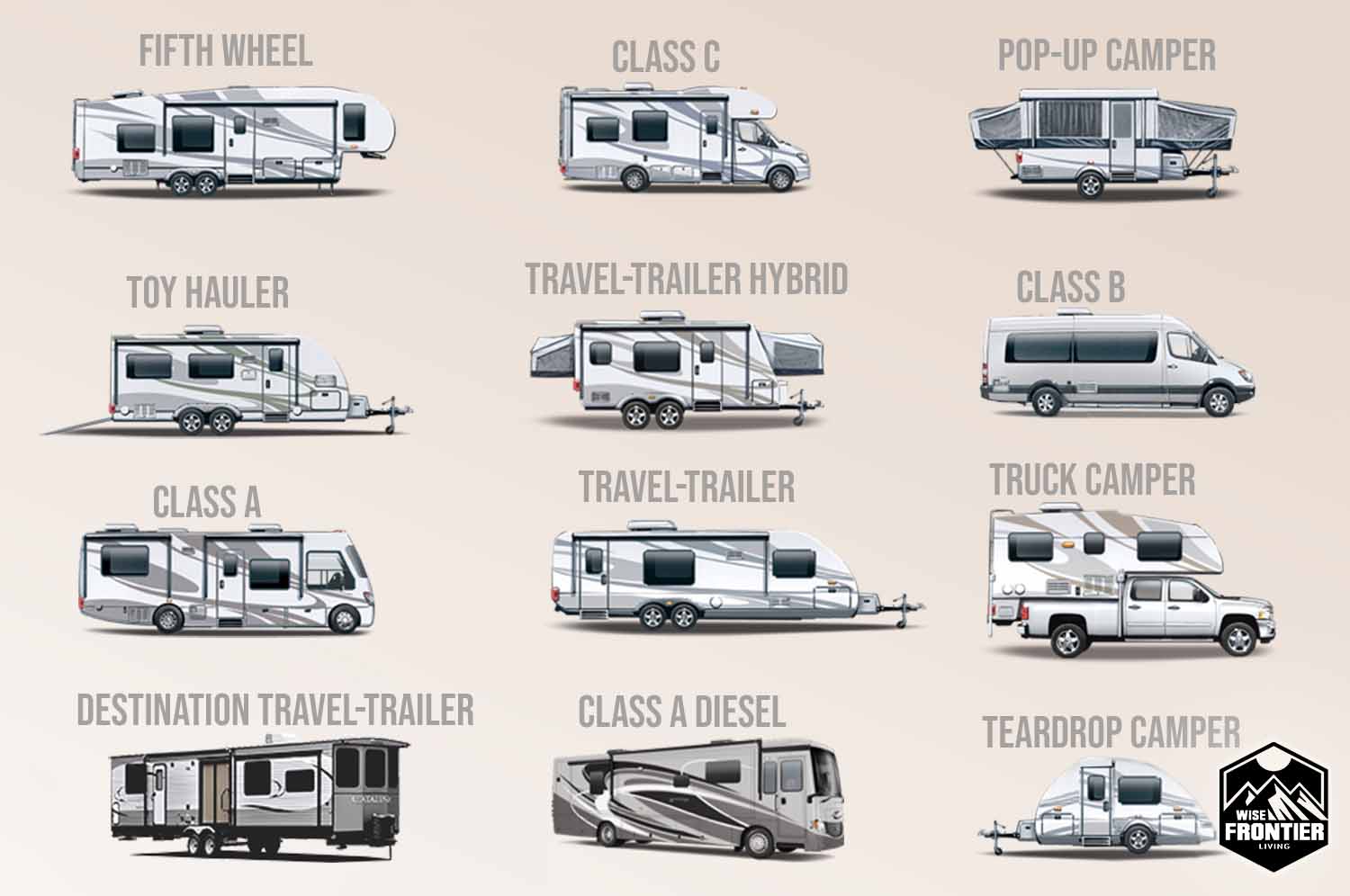
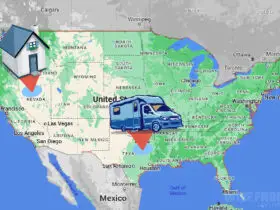
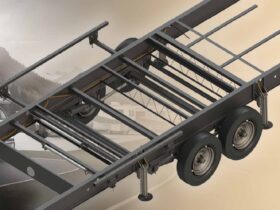
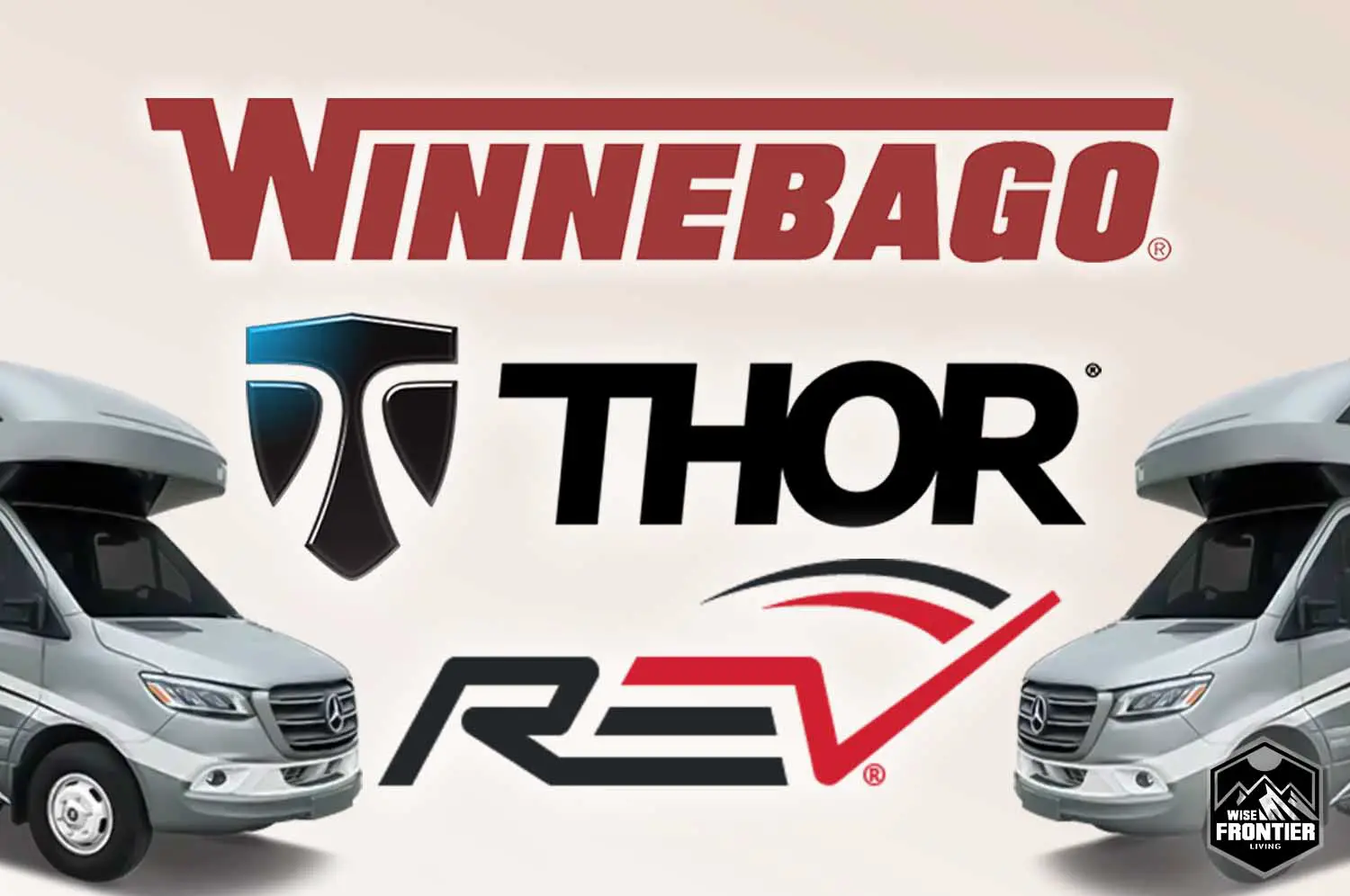
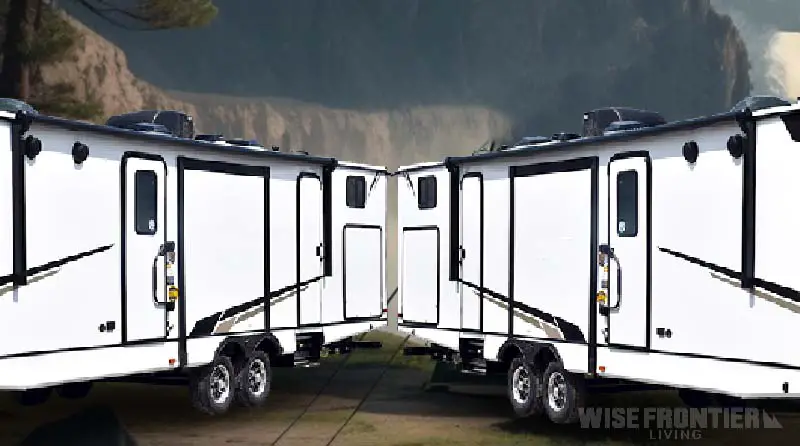

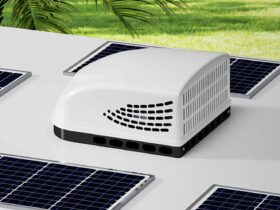
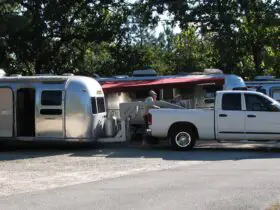
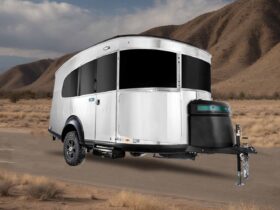

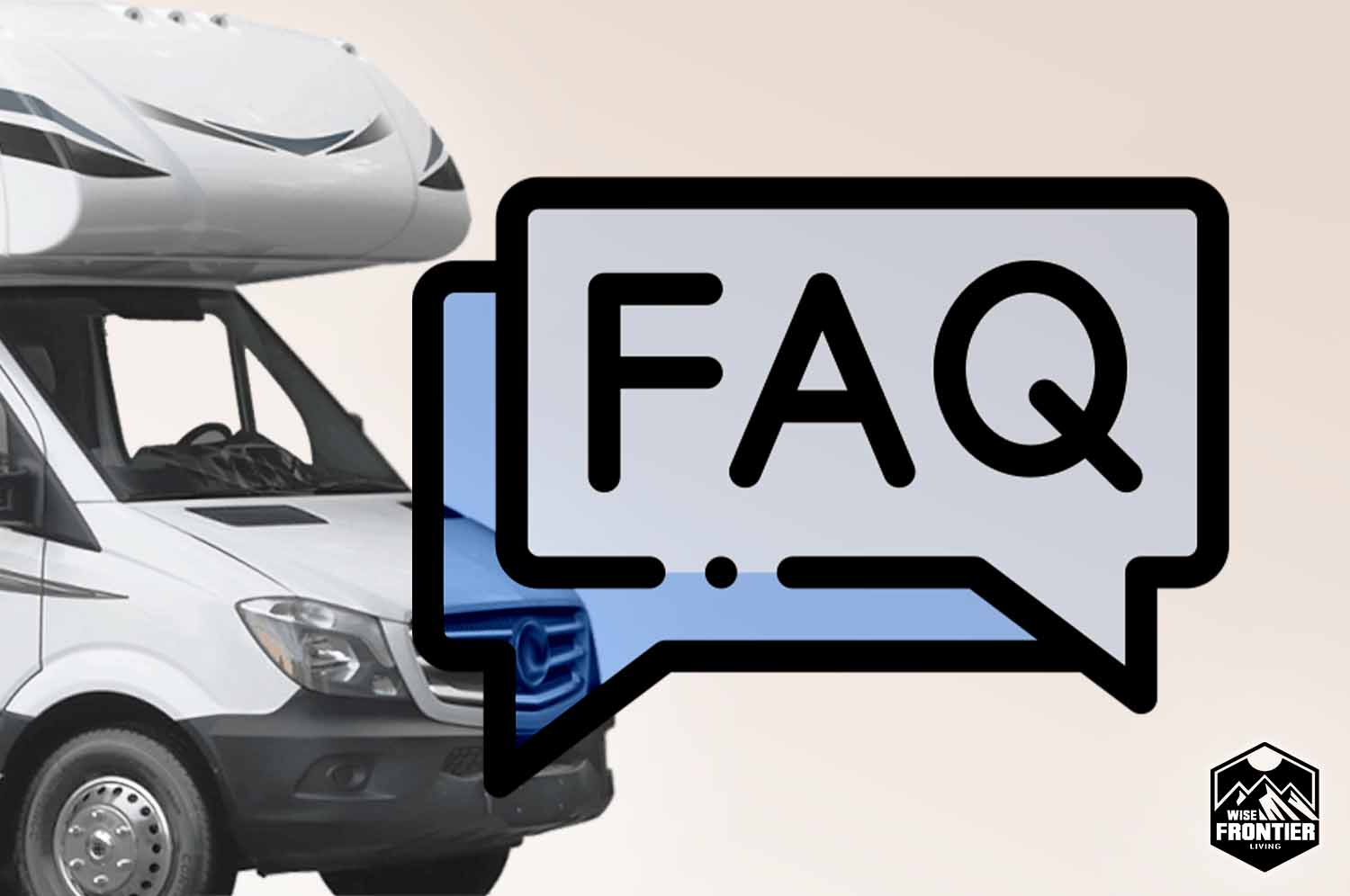
Leave a Reply